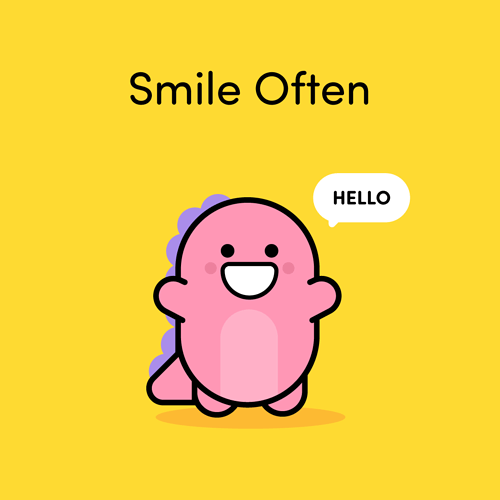What exactly is a Trial student? How do you know if you’re tutoring a Trial Lesson, and how can you structure it? Here is some important information about all this.
What is a Trial Student?
Every new user who signs up to Chatterbug gets 14 days to try out Chatterbug for free, with unlimited self-study and one Live Lesson.
A Trial Lesson is a student’s first Live Lesson with Chatterbug. Teaching a trial student is a very special task, because it’s the students’ very first impression of Chatterbug. We want to do our best to show them how great studying with Chatterbug can be so they will choose to subscribe and take more lessons. This is why a Trial Lesson is so important!
How do you know if it is a Trial Lesson?
You know that pop up of the Student Profile you see before every Live Lesson? With a Trial Lesson, you will get the same pop up, but with “trial” on it.
How you can structure the Trial Lesson
Connecting
- It is the first time this student is connecting to Chatterbug, so it is possible they experience some technical problems. Have the HelpDoc My student can’t connect at hand. Please support your students via the chat box following the steps in the HelpDoc in case of connection issues.
- It’s nice to send a quick message in the chat beforehand, like: “Hi, nice to meet you! Are you ready for your first Live Lesson? If you need any help or assistance, please don’t hesitate to ask.”
At the beginning
Try to make the student feel at ease, maybe they are a bit nervous. These tips should help you and the student:
- Welcome the student to Chatterbug. Introduce yourself in the learning language, speak very slow and clear. For example, if you tutor German, the introduction could be something like: “Hallo, willkommen! Ich heiße Anna. Ich komme aus Deutschland. Ich wohne in London. Und du?”
- Do some small talk first. Where do they live? Why do they want to learn German? How did they find out about Chatterbug?
- Start by explaining a little bit about what is going to happen in a Live Lesson and how it works.
- Assure them that they can ask you any questions they might have.
During the lesson
- Take advantage of the chatbox. It always helps to see a word when listening to a native speaker of a language you don’t know very well. You can also use it to write down those key phrases.
- If they are beginners, teach them a few key phrases a long the way (i.e. “Can you repeat, please?”, “What does x mean?”, “I don’t understand”).
At the end of the lesson
You can …
- tell the student what they did well and a few words of encouragement.
- ask them if they have anymore questions about Chatterbug.
- If you think there’s something important for us to know, please send us a message directly via the yellow chat symbol on your dashboard. For example, you can let us know if the student was not in the right level, or if they have a question about Chatterbug that you couldn’t answer, etc. Our Customer Success Team will then reach out to the student to help them make the best out of Chatterbug.
Things to keep in mind
- We want to remind you to be especially encouraging and friendly (put on your best smile!
 ), but also give sufficient time for the student to get acquainted to the system.
), but also give sufficient time for the student to get acquainted to the system. - Be patient - trial students may be a little nervous, especially if they are completely new to the language they are learning, so make sure that you give them time to understand each exercise and its instructions, as well as give them extra time to answer questions. Try not to interrupt them when they are speaking the learning language
- Be flexible - be aware of their language level, their culture, and their personality (are they more outgoing or shy).
- Be empathetic - do you remember the first time you learned something new? It can be nerve-wracking (especially if you’re doing it with a complete stranger!), so give them a smile to let them know it’s going to be ok (or even great!) and give them words of encouragement throughout. “¡Ah, muy bien!” or “sehr gut!” can go a long way.
- Smile - don’t forget to smile! Learning a language is fun!



